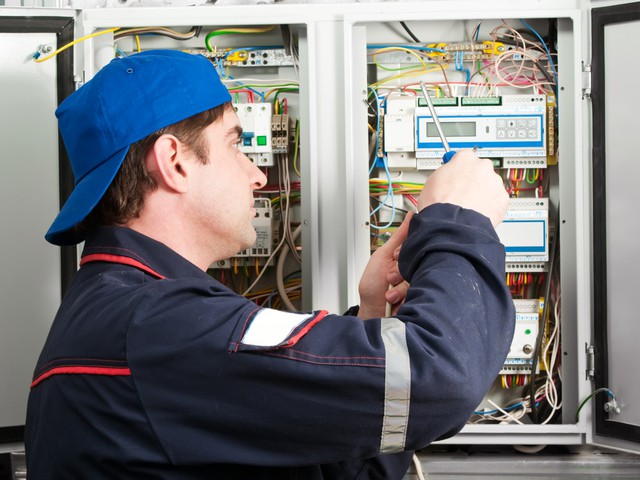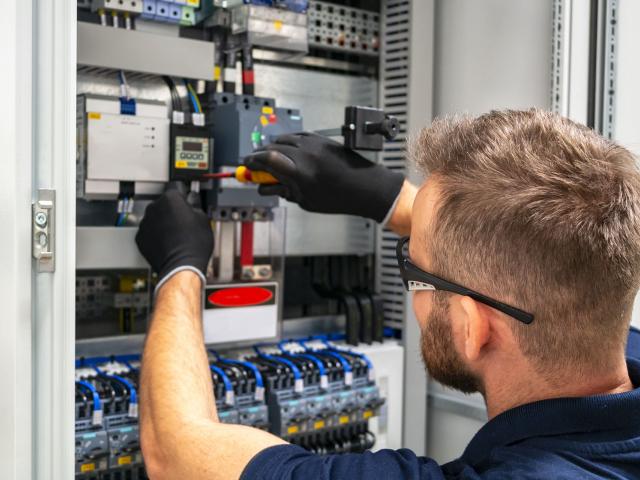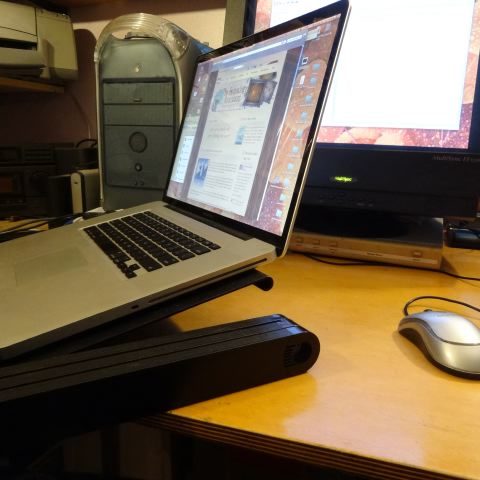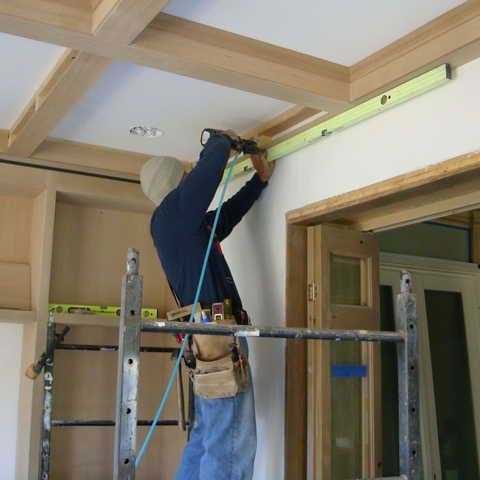Electricians work in a field where safety is paramount. With the constant exposure to high voltage, complex systems, and potentially hazardous environments, adhering to strict safety practices is essential to prevent accidents, injuries, and even fatalities. Whether you’re a seasoned professional or just starting in the trade, these safety tips are crucial for maintaining a safe and productive work environment.
1. Understand the Risks
Before beginning any job, it’s vital to understand the specific risks associated with it. Electrical work involves dealing with live wires, high voltage, and intricate systems that can pose serious hazards if not handled properly. Familiarize yourself with the potential dangers of each task and make sure you are adequately prepared.
2. Wear Appropriate Personal Protective Equipment (PPE)
Wearing the right PPE can significantly reduce the risk of injury. Key items include:
- Insulated gloves: To protect against electrical shock.
- Safety glasses: To shield your eyes from debris and sparks.
- Hard hats: For head protection in areas where there is a risk of falling objects.
- Flame-resistant clothing: In case of electrical arcing or fire.
Ensure your PPE is in good condition and appropriate for the specific job you’re undertaking.
3. De-Energize and Lockout/Tagout
Before starting any work on electrical systems, always de-energize the circuits and use a lockout/tagout (LOTO) system to prevent accidental re-energization. This involves:
- Turning off the power: Ensure the circuit is completely disconnected from its power source.
- Locking out: Use a lock and key or a similar device to secure the circuit breaker or switch.
- Tagging out: Place a tag on the switch or breaker to alert others that work is being performed and that the circuit is de-energized.
This procedure helps to avoid the risk of electric shock or arc flash.
4. Use Tools and Equipment Properly
Electricians rely on a variety of tools and equipment, and using them correctly is crucial for safety. Ensure:
- Tools are insulated: Use tools with insulated handles to reduce the risk of shock.
- Regular maintenance: Keep tools and equipment in good working order, and replace any that are damaged.
- Proper storage: Store tools in a dry, clean environment to prevent deterioration.
Always inspect your tools before use to ensure they are functioning correctly and safely.
5. Follow Electrical Codes and Standards
Adhering to national and local electrical codes and standards is essential for ensuring safety and compliance. These codes are designed to protect both the electrician and the end-user from electrical hazards. Make sure you are up-to-date with the latest codes and regulations in your area and apply them rigorously in your work.
6. Work in Well-Lit Areas
Proper lighting is crucial when performing electrical work. Ensure your work area is well-lit to avoid mistakes and accidents. Inadequate lighting can lead to misinterpretation of wiring diagrams, accidental contact with live parts, and overall decreased safety.

7. Avoid Working Alone
When possible, work with a partner or a team. Having someone else present can be a lifesaver in the event of an emergency. They can provide assistance, call for help if needed, and ensure that safety protocols are followed.
8. Be Mindful of Your Surroundings
Electricians often work in confined or cluttered spaces. Always be aware of your surroundings and ensure the workspace is clear of unnecessary materials and hazards. Watch out for:
- Potential tripping hazards: Keep cords and tools neatly organized.
- Unsafe conditions: Report and address any unsafe conditions immediately.
Maintaining a tidy and organized work area can help prevent accidents and injuries.
9. Stay Updated on Safety Training
Safety training is not a one-time event but an ongoing process. Regularly update your knowledge and skills through safety training courses, workshops, and certifications. Staying informed about the latest safety practices and technologies can help you adapt to new challenges and maintain high safety standards.
10. Handle Electrical Components with Care
When handling electrical components:
- Avoid touching live wires: Even if you think the circuit is de-energized, always use a voltage tester to confirm.
- Inspect components: Check for signs of damage or wear and replace any faulty parts immediately.
- Use proper techniques: Follow recommended practices for connecting and disconnecting wires to minimize the risk of arcing or short circuits.
11. Practice Electrical Safety Awareness
Stay aware of general electrical safety principles and apply them to your work:
- Don’t overload circuits: Be mindful of the load capacity to avoid overheating and potential fire hazards.
- Avoid working in wet conditions: Water and electricity don’t mix. Ensure the area is dry before starting work.
- Be cautious with extension cords: Use them only as temporary solutions and ensure they are rated for the intended use.
12. Know How to Respond to Emergencies
In the event of an electrical accident or emergency:
- Know the emergency procedures: Be familiar with your workplace’s emergency protocols and first aid procedures.
- Have emergency contact numbers: Keep contact information for emergency services and supervisors readily available.
- Provide first aid: If someone is injured, administer first aid as needed and seek professional medical assistance immediately.
Conclusion
Electricians play a crucial role in ensuring the safe and efficient functioning of electrical systems. By following these safety tips, you can protect yourself and others from the potential hazards associated with electrical work. Remember, safety is not just a set of rules but a mindset. Always stay vigilant, keep your skills and knowledge updated, and never underestimate the importance of following established safety procedures. By prioritizing safety, you contribute to a safer working environment and a more successful career in the electrical trade. Looking for an electrician near me? Then visit their page for more info.







